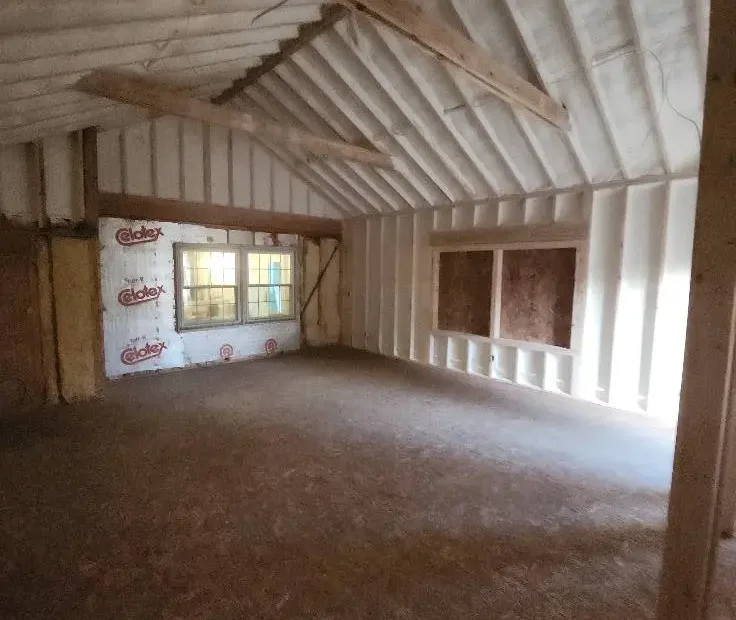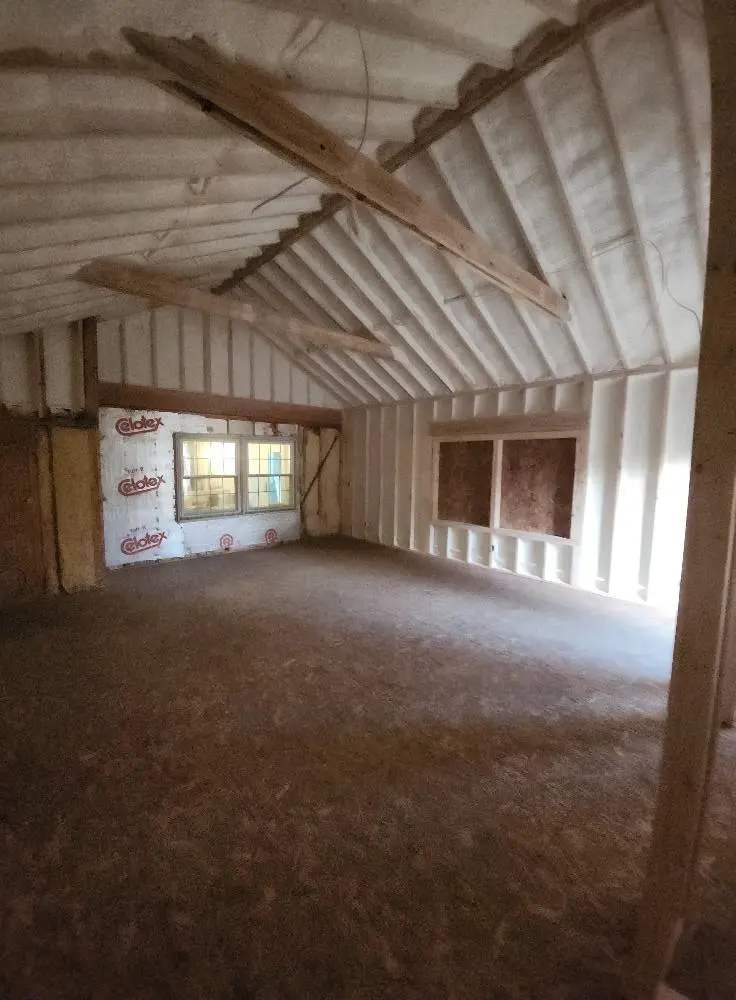Improving insulation in your home not only enhances comfort but also leads to significant energy savings. Whether you’re tackling chilly winters or sweltering summers, effective insulation plays a key role in regulating indoor temperatures. In this blog, we’ll explore simple tips and techniques that every homeowner can implement to improve their home’s insulation.
Understanding the Importance of Insulation
Insulation acts as a barrier to heat flow and is crucial for maintaining optimal indoor temperatures. Understanding how insulation works can help you recognize its value in energy efficiency and home comfort.
In essence, proper insulation not only keeps your home warmer in winter and cooler in summer but also reduces the strain on your heating and cooling systems. This translates into lower energy bills and a reduced carbon footprint, which is beneficial for both your wallet and the planet.
Moreover, insulation plays a significant role in noise reduction, contributing to a peaceful living environment. By dampening external sounds, insulation can enhance your overall quality of life—making it an investment worth considering.
Assessing Your Current Insulation Levels
Before making improvements, it’s important to evaluate your current insulation. Check areas like attics, basements, and walls for gaps or insufficient materials.
Conducting a thorough inspection can reveal hidden weaknesses that contribute to energy loss. Pay particular attention to the insulation depth and material quality; older homes often contain outdated materials that do not meet current energy standards.
Additionally, don’t overlook areas such as crawl spaces and around pipes. Ensuring a comprehensive assessment will help you create a strategic plan for where to focus your insulation improvement efforts.
Sealing Gaps and Cracks
One of the easiest ways to improve insulation is by sealing gaps and cracks in windows, doors, and other areas where air may leak. Weatherstripping and caulking are effective solutions for creating a tighter seal.
Eliminating drafts not only enhances comfort but also boosts energy efficiency significantly. Consider using aerosol spray foams to fill larger gaps, as they expand and contract to fit perfectly. This simple task can often be completed in a single afternoon, with immediate benefits.
Moreover, don’t forget to inspect your electrical outlets and fixtures. Draft stoppers can be an easy addition that helps prevent heat loss without requiring extensive renovations.
Choosing the Right Insulation Materials
Different types of insulation materials offer various benefits. From fiberglass to foam board, learning about the strengths and weaknesses of each material can help you make informed decisions for your home.
For example, while fiberglass insulation is popular for its cost-effectiveness and resistance to moisture, spray foam insulation provides superior air sealing capabilities and can be ideal for irregular spaces.
When selecting insulation, consider the R-value, which measures its thermal resistance. Higher R-values indicate better insulation for colder climates, while lower R-values might suffice in milder environments.
Upgrading Your Attic Insulation
The attic is often one of the main sources of heat loss. Adding or upgrading insulation in this area can significantly enhance your home’s overall efficiency.
If your attic is unfinished, consider laying down batts or blown-in insulation for optimal coverage. An insulated attic space can help maintain stable indoor temperatures, translating to a more energy-efficient home.
Additionally, remember to check ventilation in the attic, as proper airflow can prevent moisture buildup, which can compromise insulation effectiveness over time.
Insulating Your Windows and Doors
Windows and doors are notorious for drafts. Installing storm windows or adding window film can improve insulation while also being aesthetically pleasing.
Another great way to insulate these areas is by using insulated curtains or shades, which can add an additional layer of protection against heat loss. Combine these solutions to create a robust barrier that adds comfort and reduces energy bills.
Also, when replacing or upgrading windows, opt for double-pane or triple-pane windows designed specifically for energy efficiency, as they provide superior insulation compared to single-pane models.
Considering Professional Insulation Services
For more extensive insulation improvements, consulting with a professional can provide tailored solutions for your specific needs and ensure the best results.
Professionals can conduct detailed assessments using advanced techniques, such as thermal imaging, to identify areas where heat loss may be significant. They can provide comprehensive strategies that take into account your home’s unique characteristics.
Choosing expert services might lead to a higher upfront cost, but the long-term savings on energy bills and increased comfort will generally outweigh these initial expenses.
Wrapping Up Your Insulation Journey
By following these easy tips for insulation improvement, you can create a more comfortable living environment while saving on energy bills. Remember, small changes can make a big difference when it comes to energy efficiency and home comfort.

